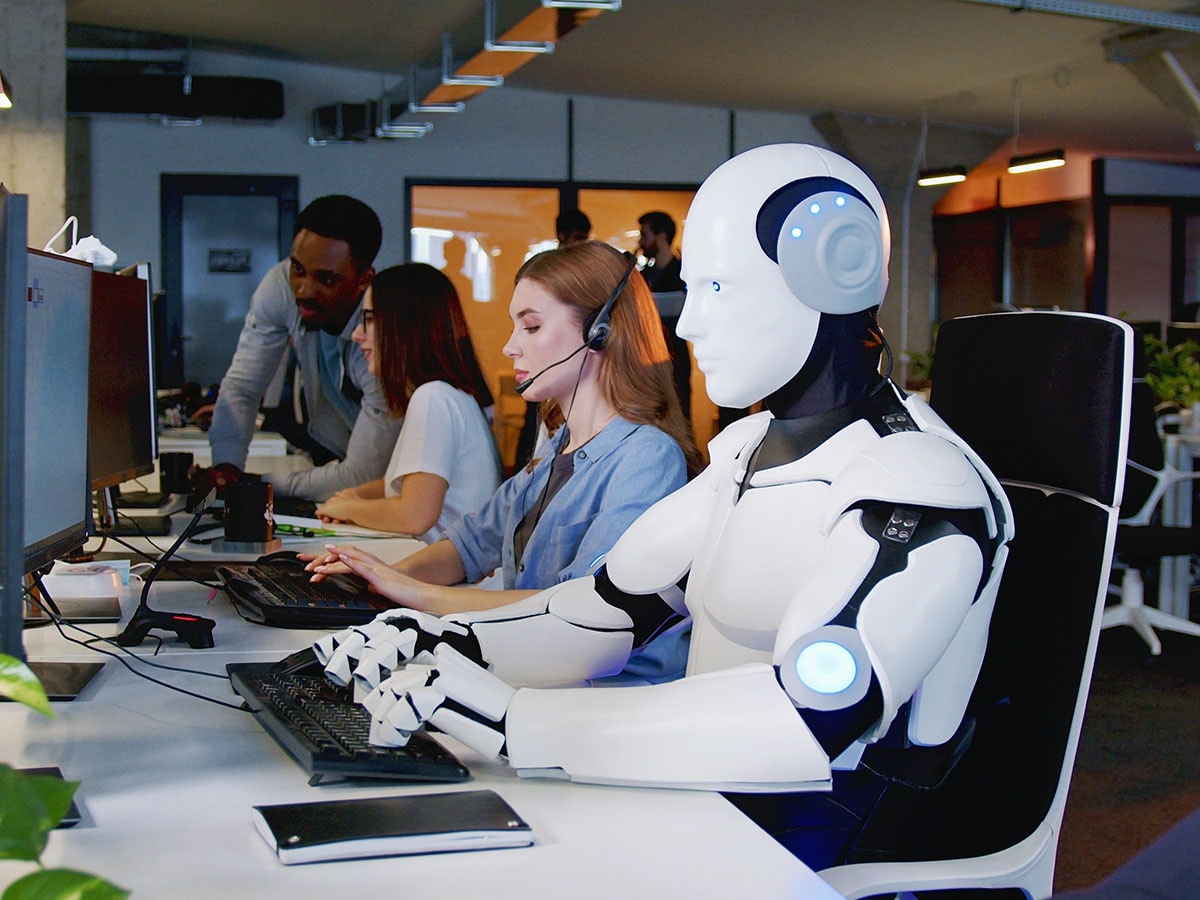 AGI poses existential risks, including the potential extinction of humanity
AGI poses existential risks, including the potential extinction of humanity
Image: Shutterstock
Artificial Intelligence (AI) represents one of the most significant technological advancements since the digital computer. Despite its profound impact, many people remain uncertain about its implications. Opinions vary from dismissing AI’s significance to fearing its potential to dominate the world and endanger human existence. Central to this debate is Artificial General Intelligence (AGI), a future form of AI that could potentially match or surpass human abilities. This article aims to provide a framework for understanding AI’s progression toward AGI and to offer insights into when AGI might be realised.
The timeline for achieving AGI is a subject of intense debate among experts. Some predict it could happen within a few decades, while others believe it may take a century or remain unattainable. Ray Kurzweil, a renowned futurist, predicted in 2017 that computers would reach human-level intelligence by 2029. However, many AI researchers remain sceptical about the feasibility of AGI.
If AGI is realised, it could bring numerous benefits to humanity. It might address global challenges like hunger, poverty, and health issues, enhance productivity and efficiency in various jobs, accelerate medical research, provide personalised education, and aid in making informed decisions to prevent disasters.
Conversely, AGI poses existential risks, including the potential extinction of humanity. Elon Musk warned, “With artificial intelligence, we’re summoning the demon,” while Stephen Hawking noted that full AI development could end the human race, as it might evolve autonomously beyond human control.
The debate on AI’s pace of development and its eventual impact on humanity is ongoing. A critical question is what “replacing humans” truly means. AI is already replacing humans in tasks like writing and editing text. However, achieving AGI requires more than processing vast amounts of data; it necessitates replicating human sensory perception and cognition.
Technological advancements often aim to extend human capabilities. While AI and robotics have surpassed humans in certain physical tasks, humans remain superior in sensory perception. The senses—sight, hearing, taste, touch, and smell—enable the detection of stimuli, which the brain processes to form a coherent understanding of the environment. This sensory perception involves complex cognitive processes that integrate sensory input with memory and knowledge to create meaningful experiences.
Also read: Sarvam AI: Building generative AI a billion Indians can use
Although technological innovations like the telephone and television, which extend human hearing and vision, respectively, are part of our daily lives, technologies that extend our senses of taste, smell, and touch, or what we can call “Teletaste,” “Telesmell,” and “Teletouch” respectively, need significant advances before they become an integral part of our daily lives. Additionally, the concept of a “sixth sense” remains elusive, both naturally and technologically. Until we can digitise all sensory information, AI will be limited in its ability to replicate human sensory perception, posing a significant barrier to achieving AGI.
To illustrate this limitation, consider the difference between two-dimensional and three-dimensional spaces. An entity confined to two dimensions cannot perceive the depth available in three dimensions, regardless of the data it processes. Similarly, AI operates in a lower-dimensional sensory space compared to humans. Despite AI’s ability to process data rapidly, humans possess a richer, multi-dimensional view of the world due to their sensory perception. Until technology can digitise all human sensory data, AI will remain constrained in its capabilities compared to humans.
In conclusion, while AI can process vast amounts of data efficiently, it lacks the sensory perception and cognitive depth that define human intelligence. Technological advancements must focus on digitising human sensory information to achieve AGI. Until then, AI will not fully replicate human capabilities or pose a significant threat to humanity. Understanding when AI might become AGI requires monitoring developments that enable the digitisation of human sensory data.
Dr Siddharth Shekhar Singh is an Associate Professor of Marketing at the Indian School of Business. The views are his own.
[This article has been reproduced with permission from the Indian School of Business, India]
